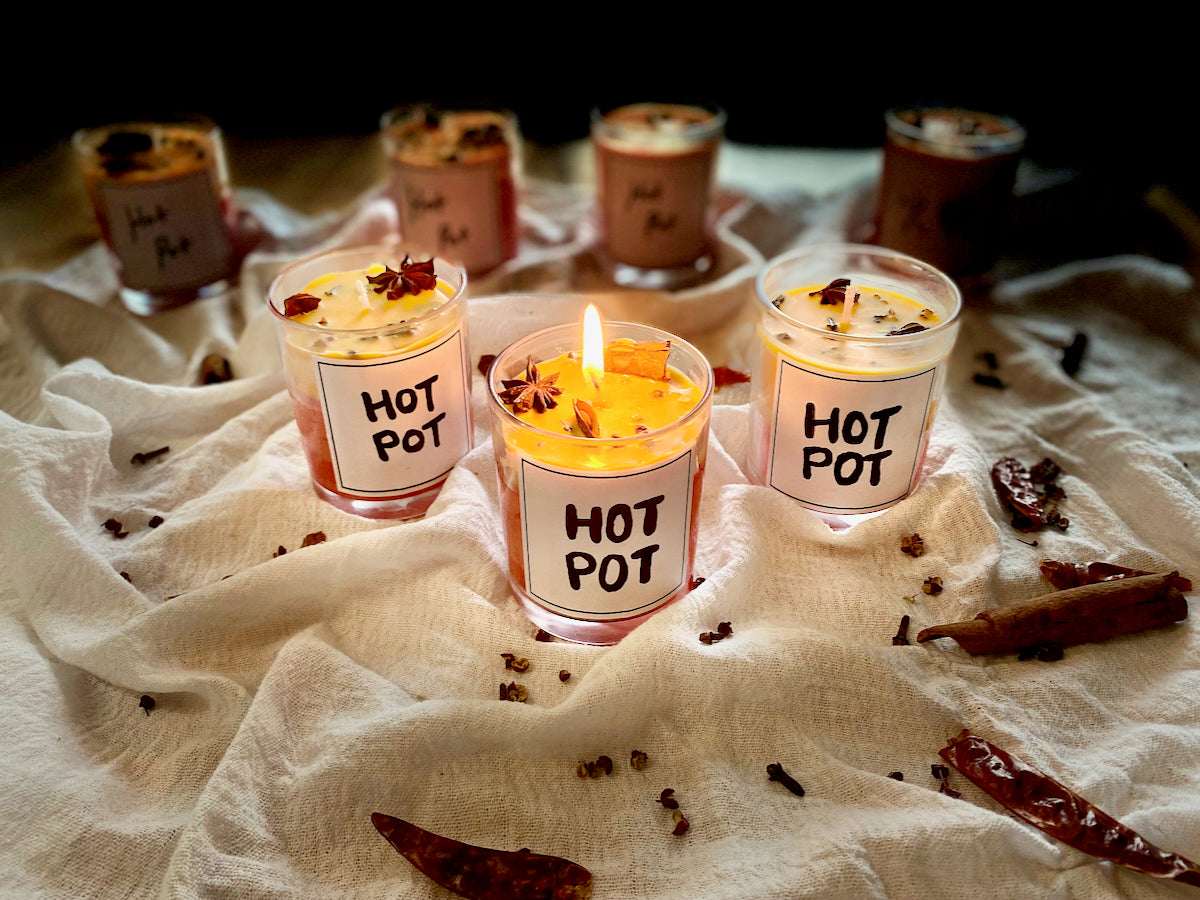The Scents and Tastes of Spring Festival
Happy Lunar New Year, friends of The Mala Market!
Although the Spring Festival's requisite commensality makes hotpot (and hongbao) a better-known staple of Chinese New Year, the single biggest occasion for Chinese families is 年夜饭 (niányèfàn). Nianyefan, the New Year's Eve family reunion dinner, occurs on January 21st this year and kickstarts China's most important holiday with a celebratory homecoming feast welcoming the largest annual human migration in the world.
A few years ago around this time, my parents and I joined the migration as we traveled to our ancestral homes in Sichuan, for my first-ever Spring Festival in China and their first in 30 years(!). For context, that's like an American abroad not being able to vacation or see family for Thanksgiving, Christmas + NYE combined. For 30 years.
Unfortunately, that year was 2020. While restaurants shuttered, we gathered around no shortage of homestyle favorites—like this xianshaobai, the Sichuan version of meicai kourou—and still folded hundreds of dumplings together as four generations of family, finally reunited.
In addition to eating together, gifting is another important LNY tradition that symbolizes good fortune for the sender and receiver. For the crafty foodies among us, Zoe Yang's newest recipe contribution for DIY mala hotpot-scented candles is perhaps the ultimate LNY gift of all!
As Zoe says: "They land in that gifting sweet spot, right in the middle of the Venn Diagram of sweet, unique and utterly deranged. Apologies in advance to all my friends, who will be receiving these candles as hostess gifts, housewarming gifts, prank gifts, stocking stuffers and oversize 红包 (hóngbāo) for years to come."
Cheers to more family meals in the new year,
🌶 Kathy & Mala Mama 🌶
|

